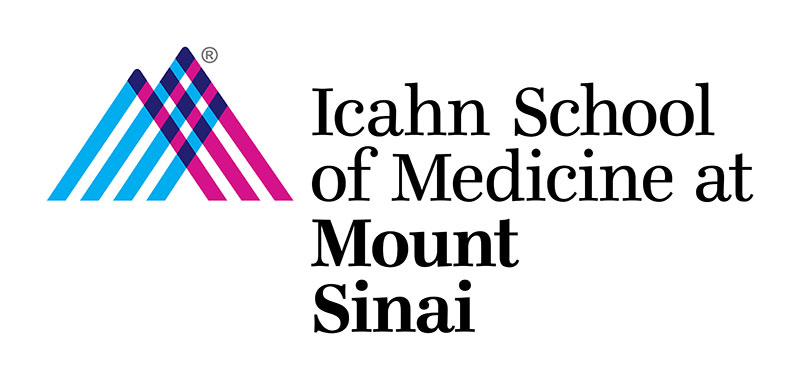New Molecular Entity Discovered for Congenital Facial Paralysis
Ethylin Wang Jabs, MD, and her team have identified a new molecular entity associated with the disorder.
– July 26, 2012 /Press Release/ ––
Researchers at Mount Sinai School of Medicine have identified a new molecular entity associated with a disorder, congenital facial paralysis. Individuals are unable to smile or show any facial expression. These patients were initially diagnosed with Moebius syndrome, a disorder with defects in two cranial nerves, the nerve that rotates the eye towards the side of the head, and the facial nerve, which stimulates the muscles of the face. The study’s findings are published in the current issue of American Journal of Human Genetics.
Using a candidate gene model and whole exome sequencing, researchers screened genes in a large group of patients with facial paralysis, identified the clinical characteristics of these patients, and correlated them with their genetic makeup.
“What we are finding is that this group of patients is very heterogeneous,” said Ethylin Wang Jabs, MD, the study’s senior investigator and Professor of Genetics and Genomic Sciences, Developmental and Regenerative Biology, and Pediatrics at Mount Sinai School of Medicine.
“We identified a founder mutation in individuals with congenital facial palsy, hearing loss, and strabismus, in German American families.” The homeobox (HOXB1) founder mutation is involved in cellular and tissue patterning of the body, according to Dr. Jabs. The individuals had congenital facial weakness, hearing loss, and strabismus (when one eye cannot focus with the other because of an imbalance in the eye muscles). None of the
individuals had limited abduction (outward movement) of either eye, which meant that they did not have Moebius syndrome.
“In our field, we are redefining conditions now based on what we learn about the molecular characteristics,” said Dr. Jabs, describing the new molecular entity as HOXB1opathies. Bryn Webb, MD, instructor in the Department of Genetics and Genomic Sciences at Mount Sinai School of Medicine, was the primary investigator of the study and for this work she received the Kurt Hirschhorn Clinical Science Award.
Drs. Jabs and Webb also presented these findings at the July 13-15th Moebius Syndrome Conference in Philadelphia, where more than 400 participants, including international patients and investigators attended.
Other Mount Sinai researchers involved in the study were Harald Gaspar, Luis F. Cunha, Ke Hao, Anthony J. Iacovelli, and Xiaoqian Ye. The study was done in collaboration with Elizabeth C. Engle, MD, from Boston Children’s Hospital and her research team.
The research was funded in part by the National Institutes of Health, Swiss National Science Foundation, and the Moebius Syndrome Foundation.
About The Mount Sinai Medical Center
The Mount Sinai Medical Center encompasses both The Mount Sinai Hospital and Mount Sinai School of Medicine. Established in 1968, Mount Sinai School of Medicine is one of the leading medical schools in the United States. The Medical School is noted for innovation in education, biomedical research, clinical care delivery, and local and global community service. It has more than 3,400 faculty in 32 departments and 14 research institutes, and ranks among the top 20 medical schools both in National Institutes of Health (NIH) funding and by U.S. News & World Report.
The Mount Sinai Hospital, founded in 1852, is a 1,171-bed tertiary- and quaternary-care teaching facility and one of the nation’s oldest, largest and most-respected voluntary hospitals. In 2012, U.S. News & World Report ranked The Mount Sinai Hospital 14th on its elite Honor Roll of the nation’s top hospitals based on reputation, safety, and other patient-care factors. Of the top 20 hospitals in the United States, Mount Sinai is one of 12 integrated academic medical centers whose medical school ranks among the top 20 in NIH funding and by U.S. News & World Report and whose hospital is on the U.S. News & World Report Honor Roll. Nearly 60,000 people were treated at Mount Sinai as inpatients last year, and approximately 560,000 outpatient visits took place.
